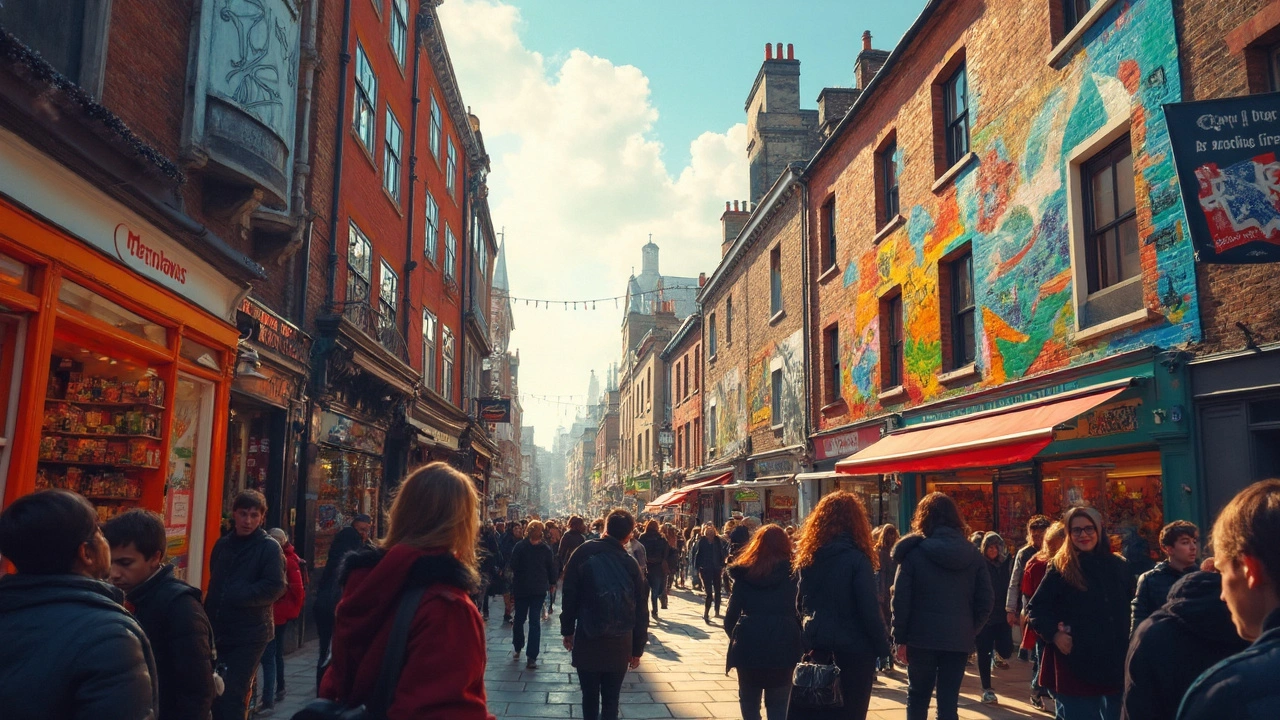Public Space: How Art Shapes Cities and Everyday Life
Public space is where cities meet people. A plaza, park, or street mural can pull strangers together, set a neighborhood’s mood, and make daily routines feel different. On Paul Artistry you’ll find sharp, practical stories about how art and design transform these shared places—from land art in parks to interactive installations in plazas and smart-city ideas that change how we move and meet.
How art changes public spaces
Art in public space does three clear things: it gives a place identity, it invites people to stay and interact, and it helps solve real problems. Land art can turn a dull hill into a landmark that people visit and care for. Installation art can guide foot traffic or create quiet corners for reflection. Even design ideas from Bauhaus or Futurism influence benches, lighting, and signage so places feel safer and easier to use.
Think beyond decoration. Well-placed work can slow traffic, highlight history, or fix a sightline that makes a square feel alive. Projects that work best usually start with local needs—safety, shade, seating, or a way to celebrate local culture. When artists and planners coordinate, the result often lasts longer because the community uses and protects it.
Practical tips for designers, artists, and curious locals
If you design or plan public-space work, read the site pieces on land art, installation art, and smart-city ideas to borrow tested approaches. Start by reading the site: assess sunlight, wind, and how people already move. Pick materials that stand up to weather and vandals. Scale matters—a tiny sculpture in a wide plaza disappears; a mural on a narrow alley can transform it.
Engage people early. Host a short workshop, ask local groups what they want, and test an idea with temporary materials. Temporary trials make it easy to tweak layout, seating, or the path before committing. Don’t forget permits, insurance, and a maintenance plan—good projects need care to keep working.
As a visitor, notice what a place tries to do. Is a bench designed for groups or for solo readers? Does a mural tell local stories, or is it generic? Take photos respectfully, tag the artist, and share what worked or felt awkward. Your feedback helps future projects improve.
Explore related articles on Paul Artistry for examples and practical case studies: "Land Art’s Impact on Modern Urban Design," "Installation Art: Evolution, Techniques and Famous Works," "Futurism’s Impact on Smart Cities," and pieces on Bauhaus and public design. Each piece breaks down real projects and gives clear takeaways you can use whether you’re planning a park, curating a plaza, or just enjoying a neighborhood walk.
Public space belongs to everyone. When art and design meet public needs, places become safer, friendlier, and more memorable. Read the tag collection to find hands-on ideas and real-world examples that make public spaces better for everyone.

